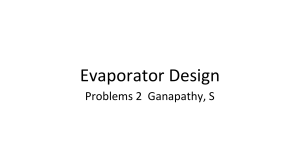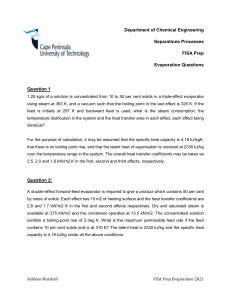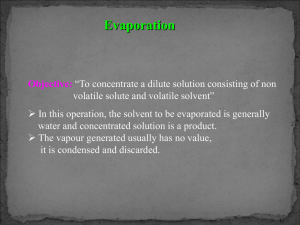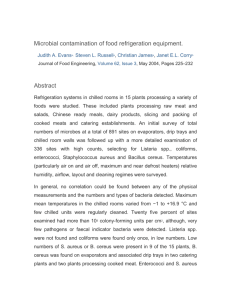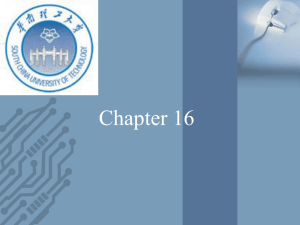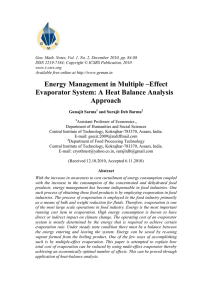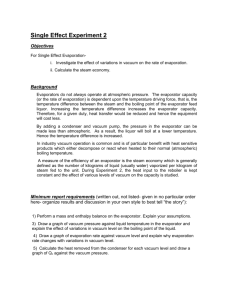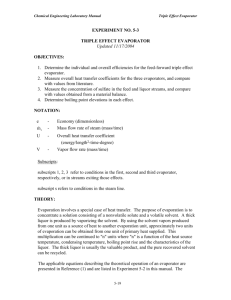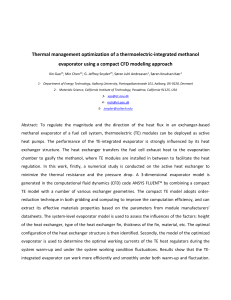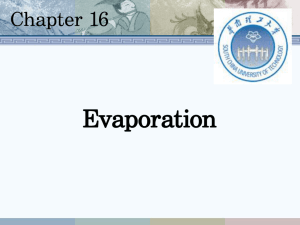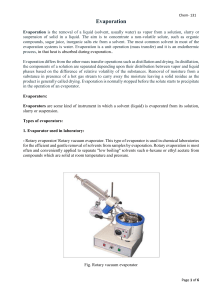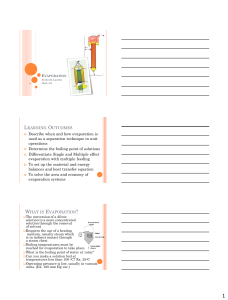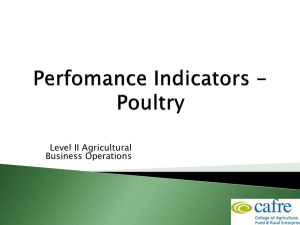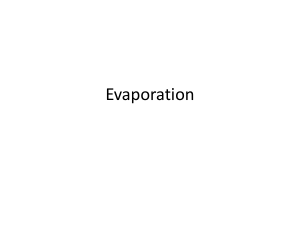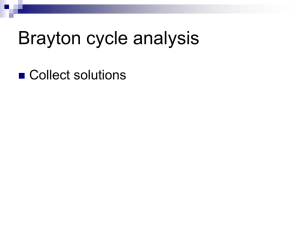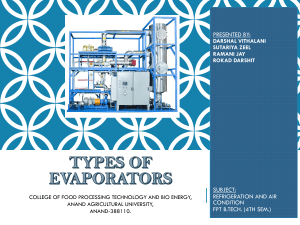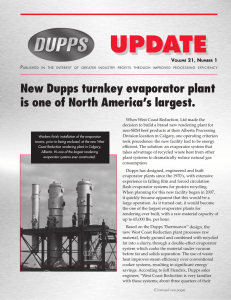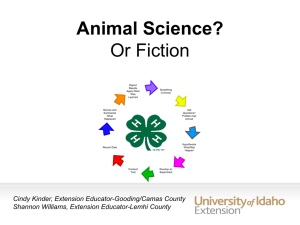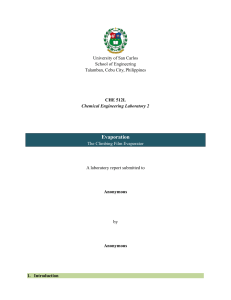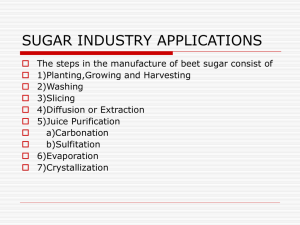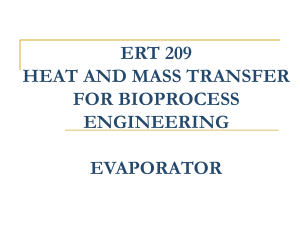Forward-feed multiple
advertisement
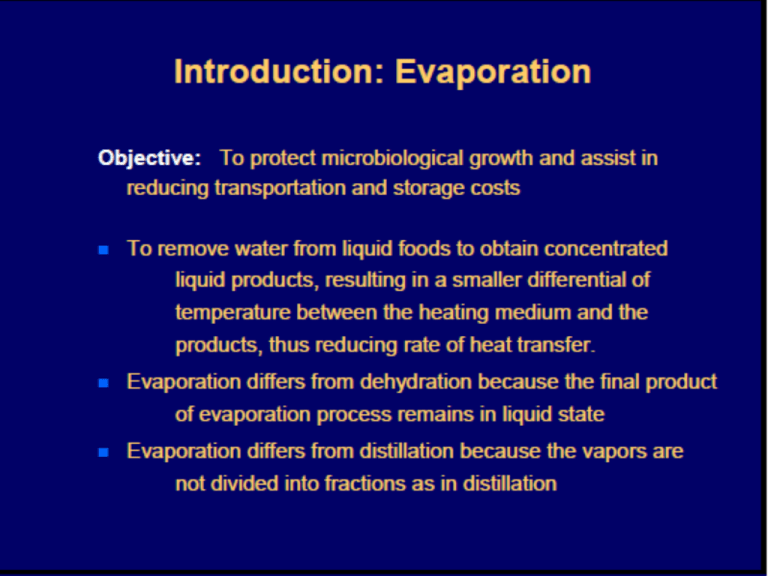
Figure 1.1. Simplified diagram of single-effect evaporator. Forward-feed multiple-effect evaporators • If the feed to the first effect is near the boiling point at the pressure in the first effect 1 kg of steam will effect, evaporate almost 1 kg of water. • The first effect operates at a temperature that is high enough that the evaporated water serves as the heating medium to the second effect. • Here, again, almost another kg of water is evaporated, which can then be used as the heating medium to the third effect. • As a very rough approximation, almost 3 kg of water will be evaporated for 1 kg of steam in a three effect threeevaporator. • Hence, the steam economy, which is kg vapor evaporated/kg steam used, is increased. • This also holds approximately for more than three effects. However, the increased steam economy of a multipleeffect evaporator is gained at the expense of the original first cost of these evaporators. • Figure 1.2., the fresh feed is added to the first effect and flows to the next in the same direction as the vapor flow. • This method of operation is used when the feed is hot or when the final concentrated product might be damaged at high temperatures. • The boiling temperatures decrease from effect to effect. This means that if the first effect is at P1 = 1 atm abs pressure, the last pressure P3. • The concept of an overall heat-transfer coefficient is used in the calculation of the rate of heat transfer in an evaporator. Figure 1.2. Simplified diagram of forward-feed triple-effect evaporator. Backward-feed multiple-effect evaporators • The fresh feed enters the last and coldest effect and continues on until the concentrated product leaves the first effect. • This method of reverse feed is advantageous when the feed is cold since a smaller amount of fresh cold, liquid must be heated to the higher temperatures in the second and first effects. Figure 1.3. Simplified diagram of backward-feed triple-effect evaporator. • However, liquid pumps must be used in each effect, since the flow is from low to high pressure. • This reverse-feed method is also used when the concentrated product is highly viscous. The high temperatures in the early effects reduce the viscosity and give reasonable heat-transfer coefficients. Parallel-feed multiple-effect evaporators • Parallel feed in multiple-effect evaporators involves the adding of fresh feed and withdrawal of concentrated product from each effect. • The vapor from each effect is still used to heat the next effect. This method of operation is mainly used when the feed is almost saturated and solid crystals are the product, as in the evaporation of brine to make salt. Horizontal-tube natural circulation evaporator
